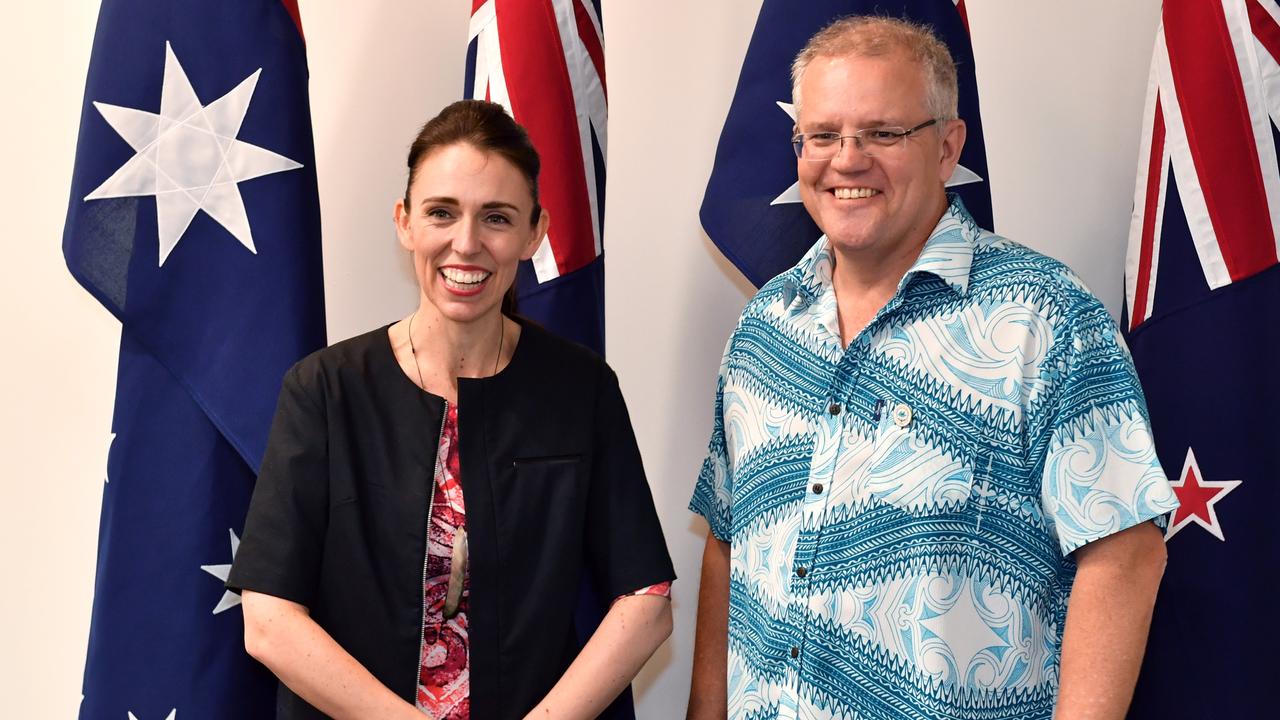
Malcolm Turnbull and his energy minister Josh Frydenberg want everyone to believe they have turned the proverbial grit sandwich into a magic pudding on energy.
There is scant detail but big promises, and enough retail politics to carry the energy fight all the way to the next election.
The Renewable Energy Target will finish as scheduled in 2020, putting an end to subsidies for new wind and solar after that date.
Electricity markets will finally reward reliability and the fantasy that electricity from wind and solar is the same as that from coal and gas will be finally put to rest.
But there is a conundrum at the heart of the Turnbull government’s plan.
Market regulators will set a level of dispatchable energy for each state — the amount of power that can be called on demand. Given wind can only be guaranteed to produce two per cent of rated capacity, this could pretty well be set at peak demand.
Another regulator will set an emissions limit to guarantee Australia meets its Paris commitments.
The magic pudding is more reliable power with lower emissions generation each year.
The emissions reduction curve has yet to be spelt out and will be critical to how the task is managed and what the cost savings for consumers will be.
If subsidy free renewables with backup and storage really is the cheapest option as supporters claim that is what the future will be.
If not fossil fuel plants will be progressively replaced with newer, cleaner burning technologies.
Free of politics this would be the common sense solution.
But with energy, common sense is still in short supply.
This frames the political contest on electricity prices the government wants to fight.
Without bipartisan support there is still a long way until the renewable subsidies stop and lenders are willing to take a long view on energy investment.




To join the conversation, please log in. Don't have an account? Register
Join the conversation, you are commenting as Logout